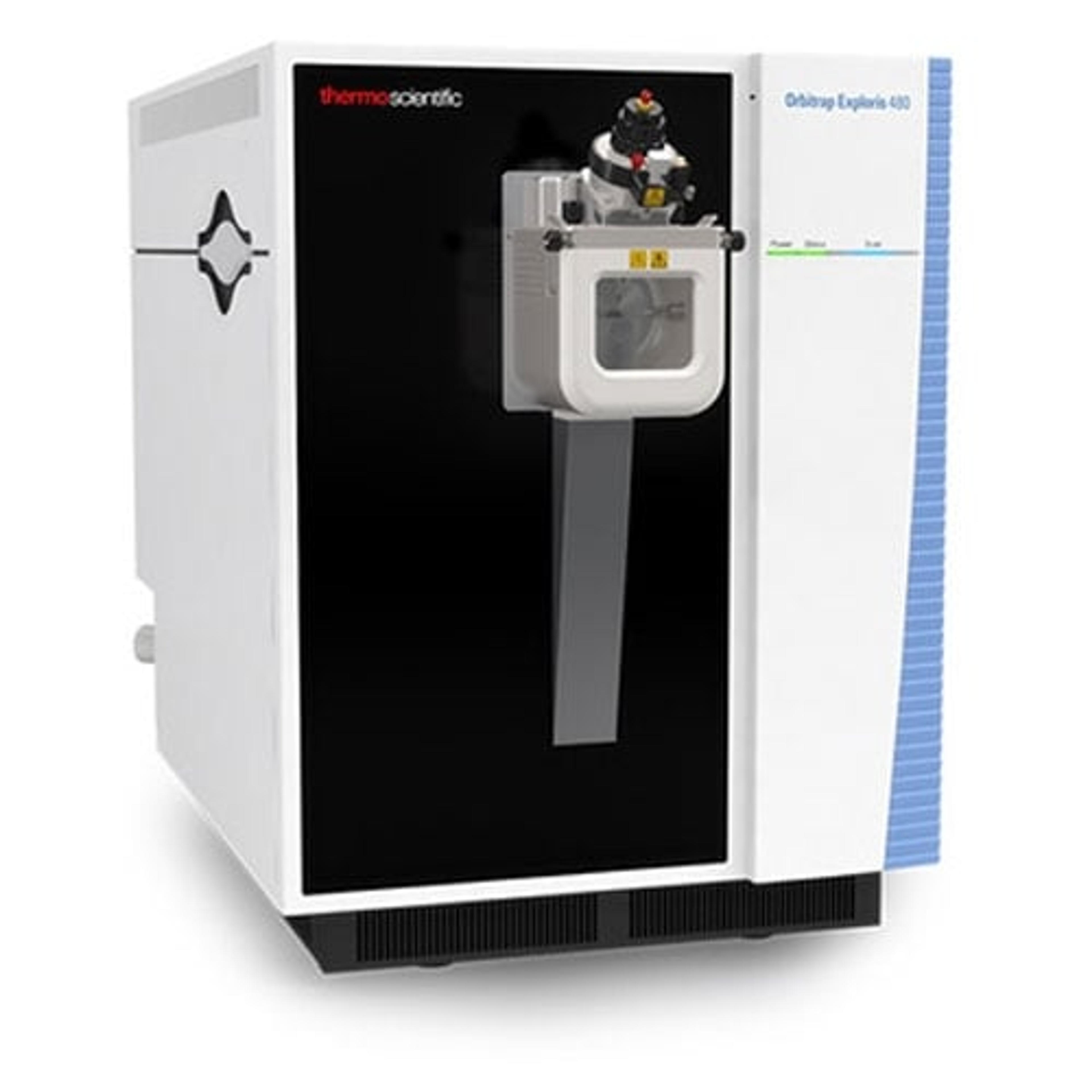Equine doping: How to advance analytical workflows for confident substance abuse detection
This free on-demand webinar showcases the latest software tools available to overcome the challenges of substance abuse screening and testing in horses
21 Jun 2020

Despite advances in analytical chemistry, it is becoming increasingly challenging to control prohibited substance abuse in equine athletes. One such challenge is the ever-increasing number of prohibited substances, which require large custom-made compound databases and mass spectral libraries to allow for screening and testing.
In this on-demand SelectScience® webinar, Prof. Scott Stanley and Dr. Sophie Bromilow, from the Equine Analytical Research Laboratory, discuss the software tools available to combat equine doping, how these can be implemented during method development, data acquisition, and data analysis, and how software compatibility across platforms enables the use of the Method Editor tool to ultimately advance analytical workflows.
Think you could benefit from this webinar, but missed it? You can now watch it on-demand at a time that suits you and find highlights from the live Q&A session below>>
Watch on DemandQ: During the presentation, you mentioned a number of different software tools. How steep is the learning curve for these for a new user?
SB: Although I've had some previous experience with Excalibur and was really familiar with the instrument interface, I hadn't used Proteome Discoverer or TraceFinder before. I think it's important to say that it's unlikely that most people will need to use both tools simultaneously in the way that we do because people usually either focus on small molecules or proteomics. But that being said, within probably three to four weeks, you could definitely become a proficient user in either of those software tools.
Q: Do you use the Orbitrap Exploris 480 mass spectrometer for quantitation or is this performed on a QqQ?
SS: With the application that we presented today, it's primarily a screening approach. The approach that we used there is a SemiQuant approach. We want to get a determination or an estimated concentration, and most of those within a triple quad instrument for the final quantitation. We've successfully done a lot of quantitative work on the Orbitrap. We have not done a lot on the Exploris 480 yet, but the model and the technology are very capable to do excellent quantitation, especially with the high-resolution mass accuracy capability.
Q: Your presentation is focused on bottom-up proteomics. Do you think top-down proteomics plays a role in the anti-doping arena?
SB: I believe that top-down proteomics can definitely play a role within the field particularly when we talk about the protein biomarker aspect and looking at isoforms or post-translational modifications. This is something that we will probably begin to explore in the near future, within a research capacity. Previously, this type of proteomics has been done using Tribrid instruments as benchmark instruments. But with the high-resolution of the Exploris, this is something that we feel we could at least begin to look at using the Exploris 480.
Q: The next question is from someone who says that they use the TraceFinder sample view, compound view, and comparative view under the Data Review tab and would like to know if yours is customized.
SB: Ours isn't customized any more than it's able to do so for anybody with TraceFinder. From what we showed in the slides, this is the way in which we have our Data Review screen configured. We also have the sample view which was the left panel, compound view which was the right panel, and there is also a comparative view available too. It's just the few screen grabs that we showed in the presentation couldn’t capture all of these different aspects fully.
Q: You mentioned your method with screening, then I saw MS2 data. What screening method was used?
SS: The Orbitrap technology allows you to capture all the data in the trap and then perform secondary experiments for MS2. This is a methodology that allows you to identify the compounds you are looking for from a list of compounds with a determined expected retention time but also a predetermined high-resolution accurate mass number. Once you identify that, you can perform MS2 experiments to drill down further and find out its fragmentation consistent with fragmentation you expect for MS2 spectra.
Q: The next question is regarding the instruments used for both the small-molecule and proteomics workflows. What's a typical downtime for routine maintenance?
SB: It varies between the two. For small-molecule workflows, we use a combination of the Exploris 480 for screening and the TSQ Altis for confirmation. For those, we typically calibrate routine cleaning and maintenance on a weekly basis. We do this every Monday morning, and we do this because they have a high sample throughput because of the injection times, or our run times are approximately 10 to 12 minutes long and those samples are typically dirtier. Proteomics is different entirely. You have much fewer injections because of the longer run times and the samples are typically cleaner. For the proteomics experiment we are conducting, we have run this in on one of our Exploris instruments. It has been running for the last 16 days and is due to finish tomorrow. We will calibrate this. So, with proteomics, we typically schedule our calibration and routine cleaning and maintenance around specific data sets.
Q: For small molecules, do you acquire data in a data-dependent acquisition method with fragmentation or do you just scan for positive and negative?
SS: It's kind of a combination of both. We do collect full-scan data and then we do data-dependent MS experiments as well. For the methodology, we put in a negative ion mode when necessary, this is because the polarity switching is relatively rapid. Therefore, we can put that ion in and not lose a lot of scans across this individual group of peaks because it's a rapid switchover. We don't have a lot of negative compounds. The vast majority are all positive-ion molecules, therefore we haven't seen a big problem with overfilling the C-trap. The issue that I think a lot of people may misunderstand with this is that the sample may only have one or two drugs in it. It doesn't have all the drugs at the same time. It's rare that we even have a drug in the samples. So, the drug-testing program is a very strong deterrent. When we do find compounds, they're usually very low concentrations and usually only one.
Q: Would the workflows that you presented work for other unknown applications?
SS: Yes, absolutely. I think that there are many different applications that could take advantage of using this type of workflow. I can think right away of different platforms that would look into toxicology or forensic sciences or any pharma industry or biotechnology industry that was looking for, say, unique metabolites or looking for minor metabolites. You could set up a very similar workflow like this to find out what the compounds were initially, transition those to the metabolite of interest, and then move that to a triple quad for quantitation.
Register to watch the full webinar here>>
SelectScience runs 3-4 webinars a month across various scientific topics, discover more of our upcoming webinars>>

